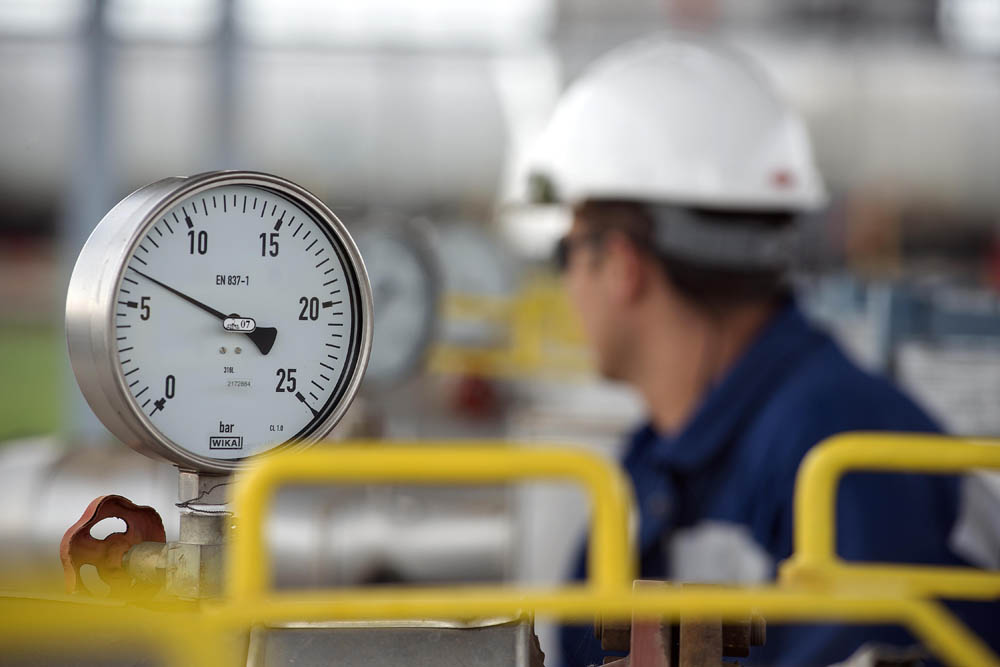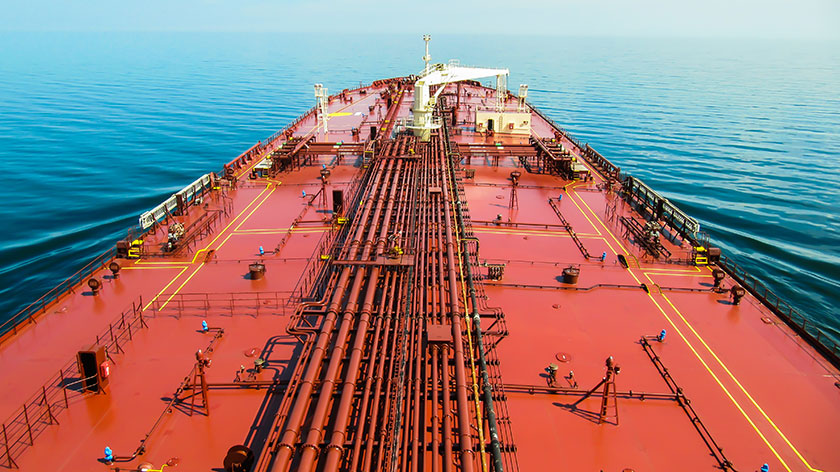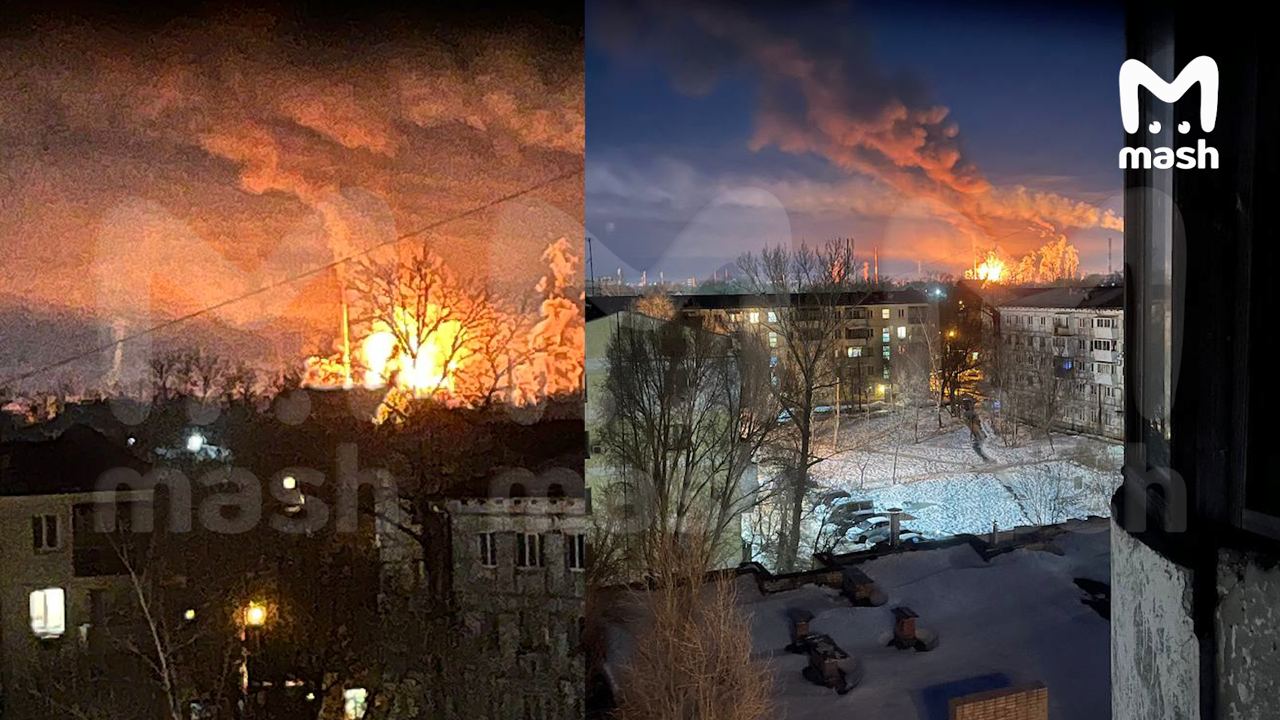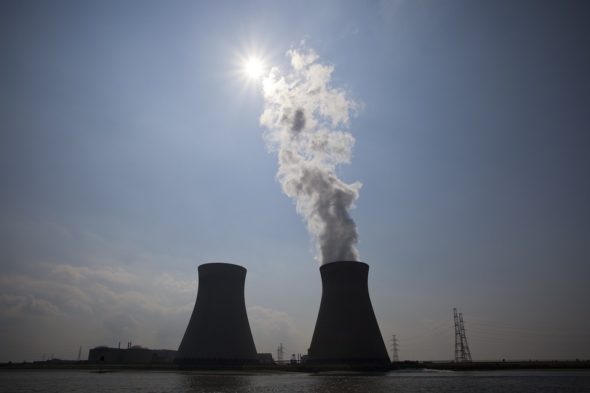Twój koszyk jest obecnie pusty!

A Russian Trail in the Armenian Protests. Commentary for New Eastern Europe
Thousands of Armenians in Yerevan are protesting against high energy prices and have called for a meeting with the president. Protesters who marched towards the presidential palace on Marshal Baghramyan Avenue were interrupted by police that tried to quell the rally with water cannons. Around 240 people were arrested, and soon after released. …
 Thousands of Armenians in Yerevan are protesting against high energy prices and have called for a meeting with the president. Protesters who marched towards the presidential palace on Marshal Baghramyan Avenue were interrupted by police that tried to quell the rally with water cannons. Around 240 people were arrested, and soon after released.
Thousands of Armenians in Yerevan are protesting against high energy prices and have called for a meeting with the president. Protesters who marched towards the presidential palace on Marshal Baghramyan Avenue were interrupted by police that tried to quell the rally with water cannons. Around 240 people were arrested, and soon after released.
According to the Armenian press, there are several thousand protesters gathered currently near the presidential palace. Although representatives of protesters have started negotiations with police on calming the tensions down, there are no clear results thus far.
Demonstrations are directly a result of the recent decision by the Armenian parliament to raise electricity prices by 40.8 per cent. There is also a Russian trail in this story, as Armenia’s energy system operator is owned by a Russian company called Inter RAO.
An average monthly salary in Armenia is around 300 US dollars and the overall economic situation of the country is far from good. The unemployment rate remains high at 21 per cent. This is why a hike in electricity prices have caused so much anger among the Armenian society. Similar protests took place in the country last year, but an agreement with the government was eventually reached.
Russia has been seducing Armenia with access to cheap energy resources in exchange for deeper political integration of the two countries. According to the rating agency RIA-Rating, Gazprom’s gas prices are 40 per cent lower than the final cost for customers in Europe. Other additional costs include tariffs which make gas in Sweden more than ten times more expensive than gas in Belarus (62.10 roubles and 6.10 roubles per square metre, respectively).
Ukraine which has been transforming its gas market already introduced higher tariffs so that retail gas consumers in Ukraine now pay nearly as much as in Hungary or Romania. Ukrainians pay 15 roubles per square metre of gas while Hungarians and Romanians 19.10 roubles and 21 roubles. Experts quoted widely by the Russian media describe it, not without satisfaction and sarcasm, as “a clear victory of European integration”.
The best way to get cheap gas is, of course, to join the Eurasian Economic Union. Russia subsidies gas deliveries and introduces lower tariffs. However, Russian analysts often forget that those subsidies are a very big burden for the state’s budget and simply curb further economic development in the country. They also do not mention contributions that countries like Ukraine or Armenia would have to pay for receiving Russian cheap gas. Yet, cheap deliveries are still tempting to various populist movements and may lead to the rise of support of pro-Russian forces in these states in the future.
The Russian authorities are vividly interested in the Armenian protests. They declare strong support for Armenia’s President Serzh Sargsyan and call for stabilisation of the situation in the country. Further protests, as Russia fears, can deconstruct the political system in Armenia, one of Russia’s closest allies, and possibly pose a threat to Russian economic interests in the country. Russia practically controls the Armenian energy sector: Inter RAO controls electro-energy system, and Gazprom Armenia owns Armenian gas transit system.
So far, Russia has subsidised deliveries of natural gas to Armenia which have been among the cheapest in Europe, even at a time when gas prices on the global market were high. The Armenians pay less than 200 US dollars per 1,000 cubic metres of gas. Although the increase of electricity prices, demanded by Inter RAO, was supposed to be the result of the devaluation of the Armeniannational currency, people blame Russia for this unfounded rise. If Yerevan does not implement preventive measures, the protests could turn into an Armenian version of the Maidan. The European Union invited Armenia to the Eastern Partnership programme but will it have more to offer Armenia, than it had to Ukraine, in order to use demonstrations and tensions for positive change? As for now, the protesters gathered on Marshal Baghramyan Avenue and spent there their first night.
Source: New Eastern Europe





Leave a Reply